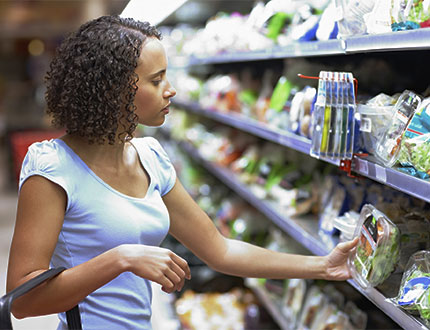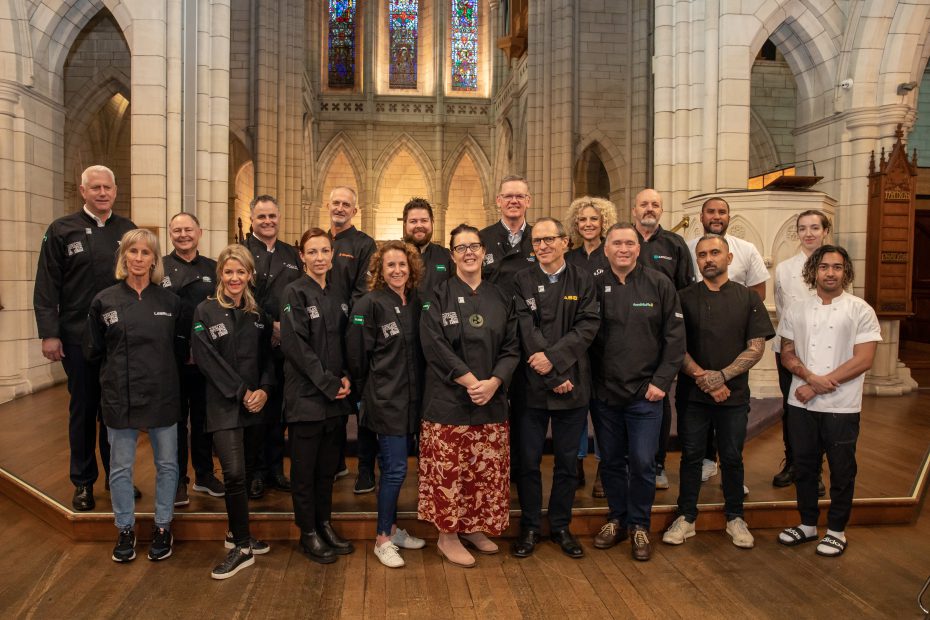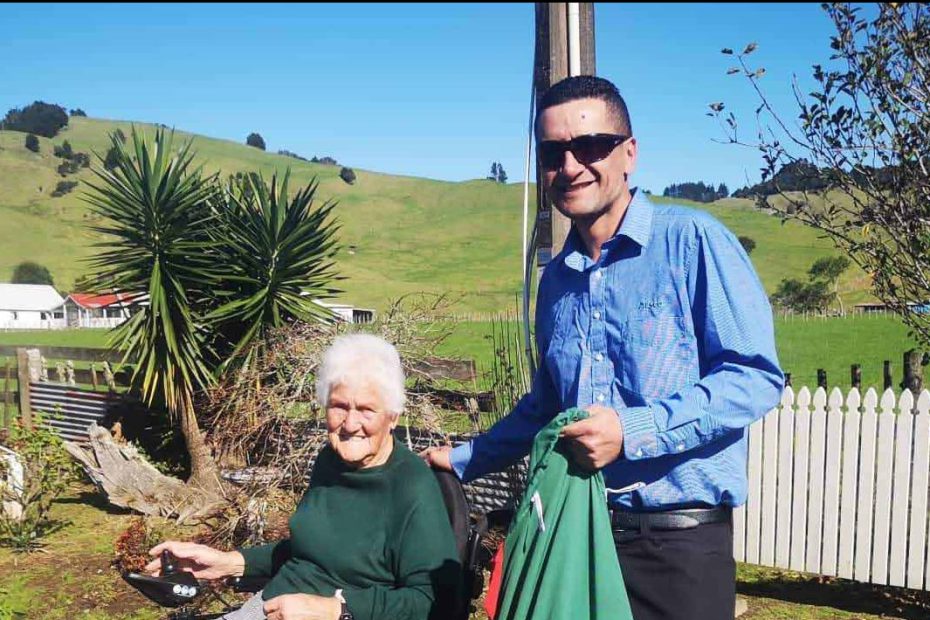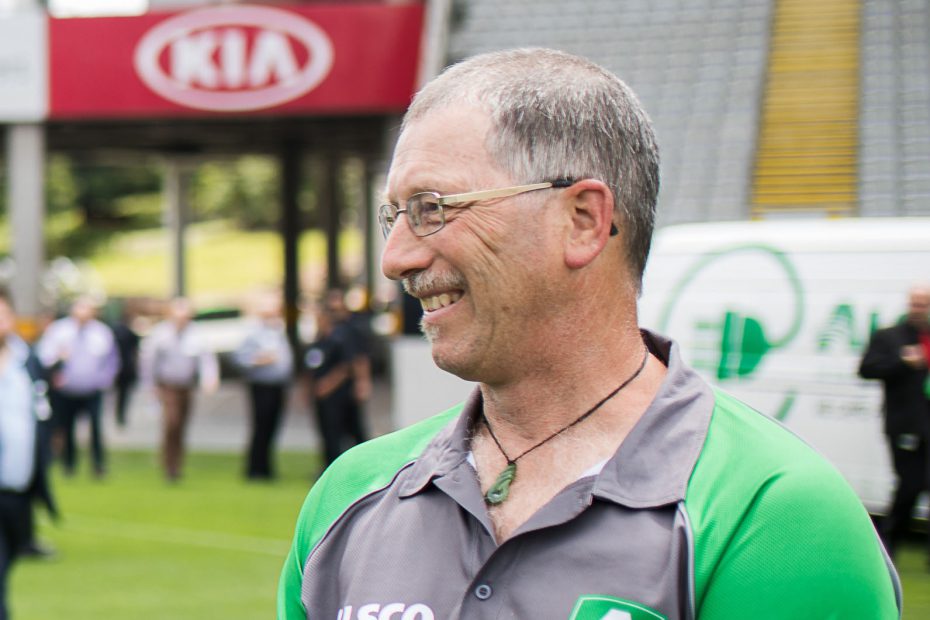Your earthquake survival kit in New Zealand workplace should contain food and water that can sustain you for at least 72 hours. That is more than enough time for you to reach the destination you intend to reach or to be rescued if you are trapped inside a building.
Make sure that your food is non-perishable, regularly checked for the expiry date and that it doesn’t contain anything that causes your allergies.
Home emergency kit also includes food for infants if you have babies in your household and similar adjustments to match your family needs.
Your earthquake kit list should contain the following types of food:
- Canned food
- Dry, non-perishable energy bars
- Granolas
- Nuts and seeds
- Dried fruit
- Peanut butter
- 9 litres of water
In New Zealand workplaces, your personal earthquake preparedness kit can contain food that should sustain you alone. Everybody in your workplace should have their own emergency kit for an earthquake that is enough to sustain them.
Besides those personal kits, there are also those workplace earthquake kits that are the responsibility of the employer. Workplace earthquake survival kit in NZ has to contain first aid supplies, as well as some basic protective gear.
While you should encourage your employees to create their own earthquake grab bags, you should go on and rent Alsco’s earthquake kit for NZ conditions that will help you prepare your workplace for such an event.
What Should Be in a Survival Kit for NZ?
The earthquake survival kit for NZ workplaces should definitely contain items that will provide you with protection, first aid, sanitation supplies, and even communication and rescue tools.
It should also contain some food and water, although that is something people should have in their own earthquake preparedness kit.
Let’s look a bit closer into these items:
- First Aid Supplies – There are a lot of injuries that can happen during an earthquake. People who don’t immediately drop down can fall and hurt themselves. Debris and falling objects can hurt those that don’t seek shelter. Your workplace needs well-stocked first aid kits in case of an earthquake.
- Sanitation Necessities – You can count on your first aid kit for the sanitising supplies when it comes to dressing the wounds. However, if you need to spend 72 hours without the access to your workplace washroom, you will need wet wipes or towels, garbage bags, paper towels, additional water supplies, as well as some soap.
- Items for providing warmth and protection – It is common knowledge that fleece clothing and blankets can be folded so they take up very little space. At the same time, they are very warm. This makes them one of the good choices for your earthquake kit. You will also need gloves and maybe even helmets in case you need to dig your way out of debris or even just walk through a corridor with the unstable ceiling.
- Tools and torches – It is quite expected that an earthquake will cut off electricity in your building. That is why you will need a battery powered torch as well as some spare batteries. Other handy items are pliers or wrenches because you may have to turn off utilities or valves.
- Communication devices – You need to get in touch with your family if the earthquake occurs while you are at work. Mobile devices may or may not work, but you should have them either way. You need a battery powered radio to keep up with the most important news. A power bank for your mobile phone is also useful in case the operators are working.
What to Do If You are Driving During an Earthquake?
When an earthquake starts, you should:
- Slow down
- Stop
- Wait in your car
First, you need to figure out that there is an earthquake happening. This may sound odd, but not everybody understands that it is an earthquake and they believe it’s their car acting out.
To ensure your car is not the problem, look at the trees and your surroundings to see if they also shake or sway in an unusual manner.
You Have Established the Earthquake is Happening
Remember to take those three easy steps:
What to do if an #earthquake hits while you’re driving: https://t.co/IS4Vy92etU #RoadSafety @DriveBC @TranBC pic.twitter.com/OS5pACqI5p
— PreparedBC (@PreparedBC) January 3, 2017
You should not move until the grounds stops shaking. That usually doesn’t take much longer than a couple of minutes.
This is a general rule of thumb, but there are some variations to these steps. They mostly depend on the fact where you and your car are at the moment of an earthquake. The best place to be is in an open space, far away from the seaside and the landslides. Obviously, the daytime is much better than the nighttime.
Of course, before slowing down and stopping, you need to make sure you are not in immediate danger.
Being close to lampposts or on a road that cuts through a mountain means there can be falling objects around you. It is best if you can get away from any slopes and possible landslides.
While beaches may sound like a great idea given that they are usually open space, you should not stay near them due to the possibility of a tsunami.
You will recognise the danger of a tsunami because the tide will go out much further than it usually does right before it. You will have just a couple of minutes to escape the coast if there is an active tsunami warning.
When the Earthquake Is Over
The first thing you should do is check the Geonet website for the epicentre and the magnitude of the earthquake. Of course, this will be possible only if the Internet is accessible to you. You may also want to check the social media and turn on your local radio.
If you don’t have the Internet and the mobile phones are off the grid, it means that the earthquake was stronger than 5 degrees of magnitude.
It is important not to call emergency services if you are not in danger. There will be a lot of people who are and the emergency services need to direct their resources toward those that are in immediate danger. Instead, call your family members and friends to check up on them and to let them know you are safe.
All of this should also matter to you if you are a business owner and you have a business vehicle. Each of those vehicles should have their own vehicle emergency earthquake kit. They can come in handy if a person is trapped in a car or they cannot leave the vehicle for any reason.
Rent your earthquake preparedness kit from Alsco New Zealand. In that way, you don’t have to make big upfront investments and you also don’t have to worry whether your every earthquake emergency kit has all the necessary items and whether they are up to date.
Call Alsco New Zealand and our representatives will explain in great detail what we can do for you. You will also get a chance to receive the best possible quote for your business.
Photo courtesy of Flickr by USDA



